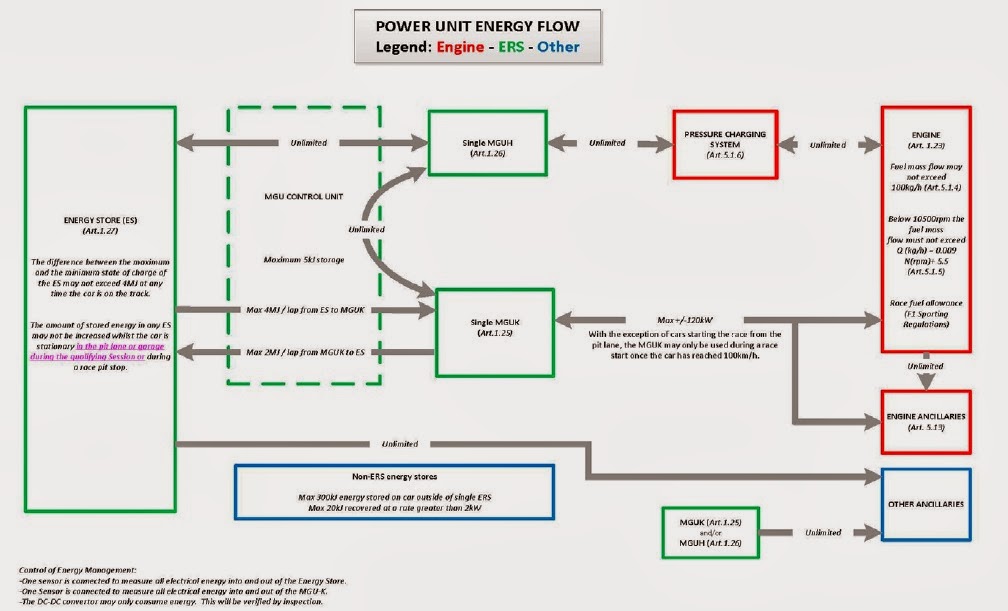There has been a bunch of reports there are updated components being fitted, what they are, I can't say and whether or not it's abolutely false, I couldn't say either as I'd really like to hear it from Hasegawa's mouth, however Yamamoto has said they've confirmed improved reliability and performance during the test and looking for a strong start in Spa. We "could" extrapolate from that I suppose, but it's true I'm not calling it gospel.G'dayBruce wrote: ↑07 Aug 2017, 01:45Where are you reading the bit about Honda having added new components? I was hoping there might be some new PU hardware in the test but Honda's own site suggests otherwise...GhostF1 wrote: ↑06 Aug 2017, 01:02I think it was F1AT that has reported they were running updated engines and that they are sounding different also during the test (Also Honda saying they've added new components). As I overanalyse every soundclip I come across of the MCL32 running, this was porn.
https://twitter.com/McLarenF1/status/892761180430905345
It definitely does sound different to previous times.
http://en.hondaracingf1.com
"The McLaren Honda team was also able to run through a full programme, testing new components on the car, as well as software updates and engine mapping improvements to the Honda power unit."
http://www.crash.net/f1/news/871951/1/h ... r-shutdown
This is one spin of the same story. There's like 10 to look at with similar headlines.


